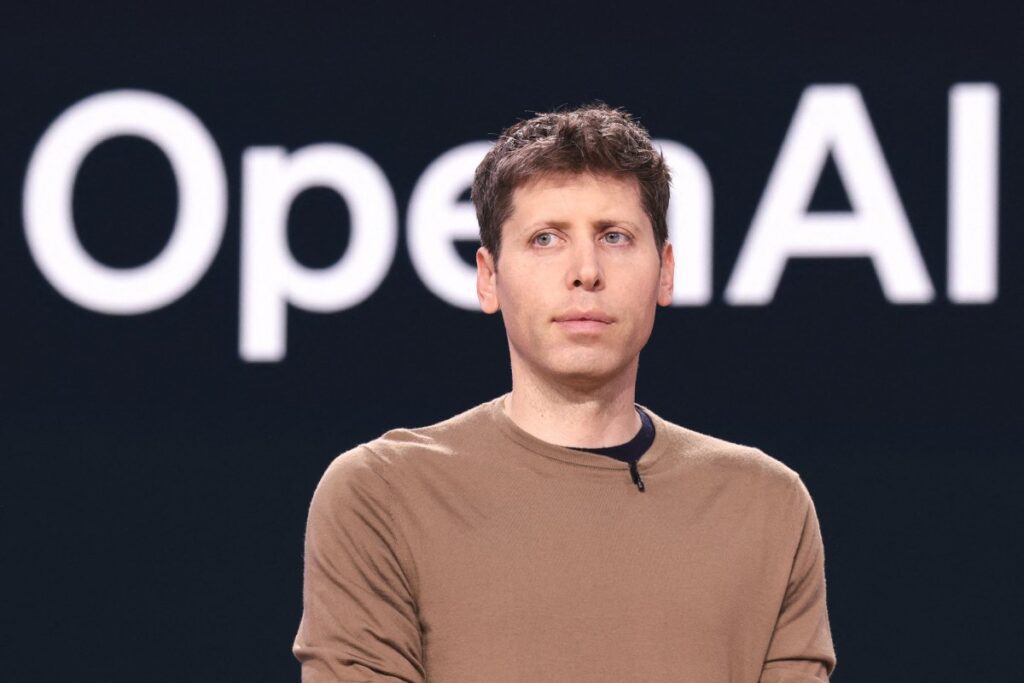OpenAI Introduces ID Verification for Developers: What You Need to Know
OpenAI is stepping up its security measures by introducing a new ID verification process for organizations looking to access advanced AI models. This update, highlighted on the company’s website last week, aims to ensure a safer and more responsible AI landscape.
What is Verified Organization?
The new verification process, dubbed Verified Organization, allows developers to unlock access to the most sophisticated models and features available on the OpenAI platform. To participate, organizations must submit a government-issued ID from one of the supported countries where OpenAI operates. Notably, each ID can only be used to verify a single organization once every 90 days, and not every entity will qualify for this verification.
OpenAI explains on their support page, “At OpenAI, we take our responsibility seriously to ensure that AI is both broadly accessible and used safely.” This initiative comes in response to observed misuse of the OpenAI APIs by a small, but notable, number of developers who contravene the company’s established usage policies.
Enhancing Security in AI Use
The introduction of the ID verification process could be a game-changer, especially as AI technology becomes increasingly advanced and powerful. With several security challenges looming, including attempts to misuse AI for malicious purposes, OpenAI aims to safeguard its innovations. The organization has previously reported winding up concerns surrounding malicious activity from groups purportedly linked to North Korea, highlighting the importance of stringent access controls.
Furthermore, the verification process appears to be a proactive measure against intellectual property (IP) theft. Recent investigations, like one involving a purported data exfiltration incident tied to a China-based AI lab, have prompted OpenAI to enhance its security protocols. This issue involves allegations that a group linked to DeepSeek illegally extracted large amounts of data through OpenAI’s API, potentially for unauthorized model training.
In another move, OpenAI took the bold step of blocking access to its services in China last summer, reinforcing its commitment to protecting its technology and user data.
What’s Next for AI Enthusiasts?
The rollout of the Verified Organization verification process marks a significant step in creating a secure environment for developers and users alike as the landscape of artificial intelligence continues to evolve. As the company prepares for upcoming model releases, verification will play a crucial role in ensuring that these models are accessed responsibly and by legitimate entities.
What can developers expect next? The verification process is designed to be quick, reportedly taking only a few minutes, during which organizations can validate their identity and enhance their standing within the OpenAI community.
Conclusion
OpenAI’s initiative to roll out an ID verification process for organizations underscores its commitment to safe and responsible AI usage. As developers gear up for exciting advancements in AI, such measures will help ensure that technology serves to benefit a wider audience while mitigating risks associated with its misuse.
The AI Buzz Hub team is excited to see where these breakthroughs take us. Want to stay in the loop on all things AI? Subscribe to our newsletter or share this article with your fellow enthusiasts.




